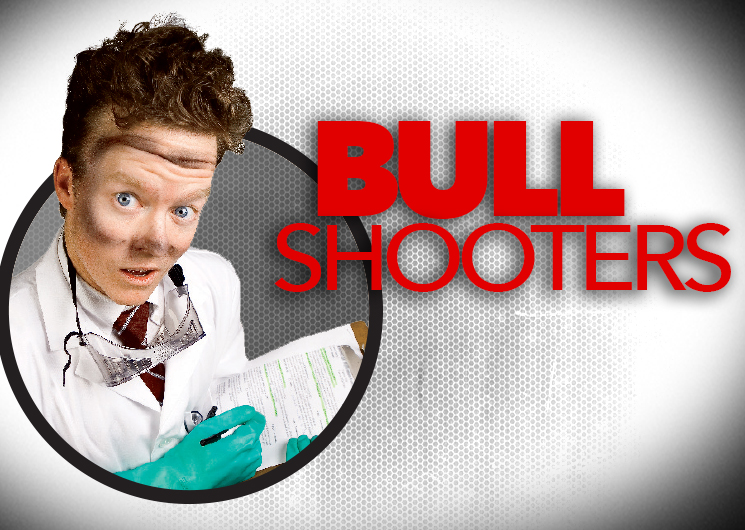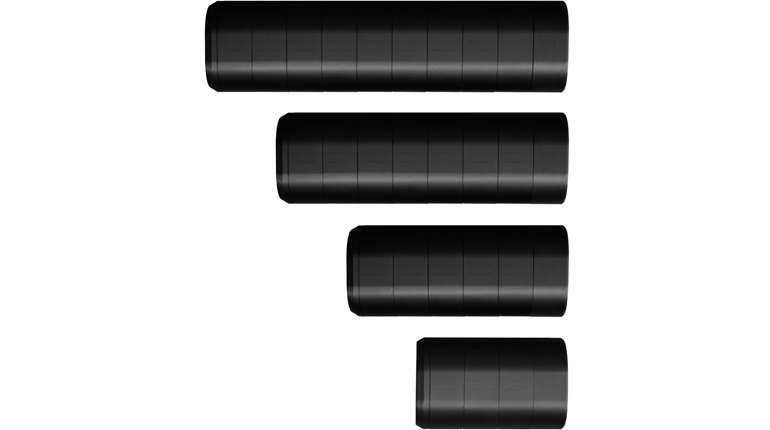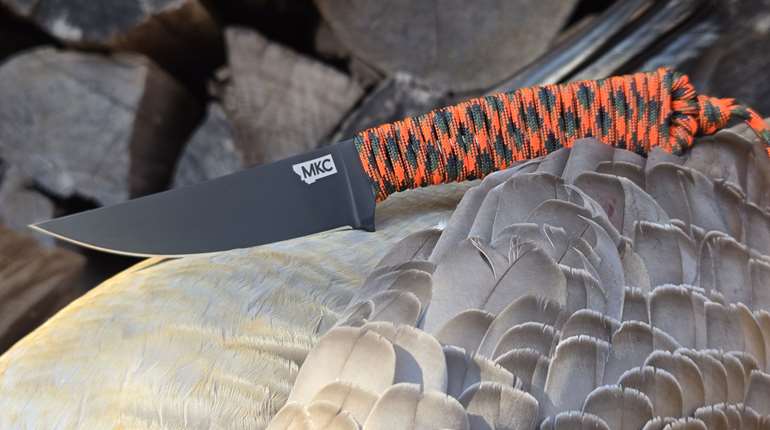
The Back Story
Last year I was in hunting camp when a companion, after an afternoon deer hunt, reported that he’d missed a deer. When the details came out, he said the deer was about 350 yards away, so he held at the top of the buck’s back and squeezed the trigger. After looking for blood for 30 minutes and finding none, he was baffled how he could have missed. So I asked him why he held at the deer’s back line and not above it. He said, “I learned a long time ago that you should never hold off hair.” I’ve heard this statement echoed by many hunters over the years. But is it true?
The Myth
When shooting at game animals, you should never hold the crosshairs off the animal if you wish to hit it.
The Ballistic Truths
This myth is academic. Depending on your caliber, the wind, scope zero distance, the size of the target and the range to the target, we can track the path of the bullet and see whether you’d hit the animal by holding on it, or if you should hold off (above) it. Let’s take, for example, a .30-06 load shooting an average load, a 150-grain Core-Lokt bullet leaving the muzzle at 2910 fps. The rifle is sighted in for 100 yards. Let’s take a deer-sized target, that on average owns a vital zone of 8 inches. From the bottom of its chest to the top if its back is 15 inches. It is facing to the shooter’s right. The wind is blowing from left to right at 20 mph.
If the shooter held the crosshairs at the top of the deer’s back and delivered a perfect shot with no shooter-induced error, and assuming the rifle is capable of a minute-of-angle accuracy, the bullet will drop 13.57 inches at 300 yards. The bullet would have scraped the bottom of the deer’s chest, but wouldn’t have entered the thoracic cavity to cause a fatal wound. By 325 yards, the bullet would have dropped 17.24 inches and missed the animal entirely. At 350 yards, the bullet would have been 21.44 inches low, missing the animal by more than 6 inches low. In addition, the wind would have pushed the bullet 27.9 inches to the right, missing the deer entirely. This is just one example of infinite that demonstrate the forces of wind and gravity on a bullet.
The Answer
While it may feel odd to hold your crosshairs off an animal, simple physics dictate that if an animal is further than about 275 yards away (depending on many factors), you will have to “hold off hair” if you expect to hit it.
Real-World Tips for Hunters
If you don’t plan to shoot more than about 275 yards at an animal using an average deer caliber, don’t ever hold off of it unless the wind is torrential. But if you do plan to shoot at 300 yards and beyond, learn exactly where your bullet prints at long-ranges and memorize it. Furthermore, by using a scope that has a ballistic reticle, you can use its secondary aiming point to hold on the animal and hit it, despite the first (or top) reticle appearing off the animal. Ballistic reticles make for easier aiming, because it is disconcerting to see your reticle floating around in air, and not on your target. Or, you can always dial your scope to the distance at which you plan to shoot.
Lastly, it’s my opinion that only after you’ve practiced with your rifle at inanimate targets at long range—not merely studied ballistic tables—should you consider a long-range shot at a game animal.





































